The majestic world of horses has always captivated human hearts. Whether it’s the thundering hooves of a galloping stallion or the gentle nuzzle of a pony, horses have an undeniable charm. For horse lovers, understanding how these magnificent creatures bond with their riders is an exciting journey filled with wonder and discovery. This connection is not just about riding; it’s about mutual respect, trust, and companionship. Horses, much like humans, have unique personalities and emotions, and building a bond with them requires patience and understanding. Explore the fascinating dynamics of horse-rider relationships and check out the ten essential aspects that can deepen this bond.
Understanding the Horse’s Nature
The bond between a horse and rider goes beyond training and commands—it’s built on trust, communication, and mutual respect. Horses are highly intuitive animals that form connections based on how they are treated, handled, and ridden. Understanding how these bonds develop can deepen your relationship with your horse, leading to better performance, cooperation, and companionship.
To truly bond with a horse, it’s crucial to understand their nature. Horses are prey animals, which means they’re geared towards flight rather than fight. This instinct can make them appear skittish or fearful, but with time and patience, they can learn to trust humans. Recognizing a horse’s body language is a critical step in understanding them. For example, a pinned back ear might indicate discomfort or irritation, while a relaxed ear shows contentment. Horses also communicate through their eyes and the position of their heads. A gentle, soft eye often means a horse is relaxed and comfortable. Remember, understanding these signals can help you respond appropriately, making your horse feel safe and understood.
Building Trust Through Consistent Interaction

Consistency is key when it comes to building trust with your horse. Just like in any relationship, regular interaction helps establish a foundation of trust and familiarity. Spend time grooming, feeding, and simply being around your horse. These activities allow them to see you as a reliable presence in their life. Trust isn’t built overnight; it requires patience and persistence. Horses are incredibly perceptive and can sense your emotions, so approaching them with calmness and confidence can go a long way. Over time, through consistent and positive interactions, your horse will begin to see you as a trustworthy companion.
Communication: The Foundation of Bonding
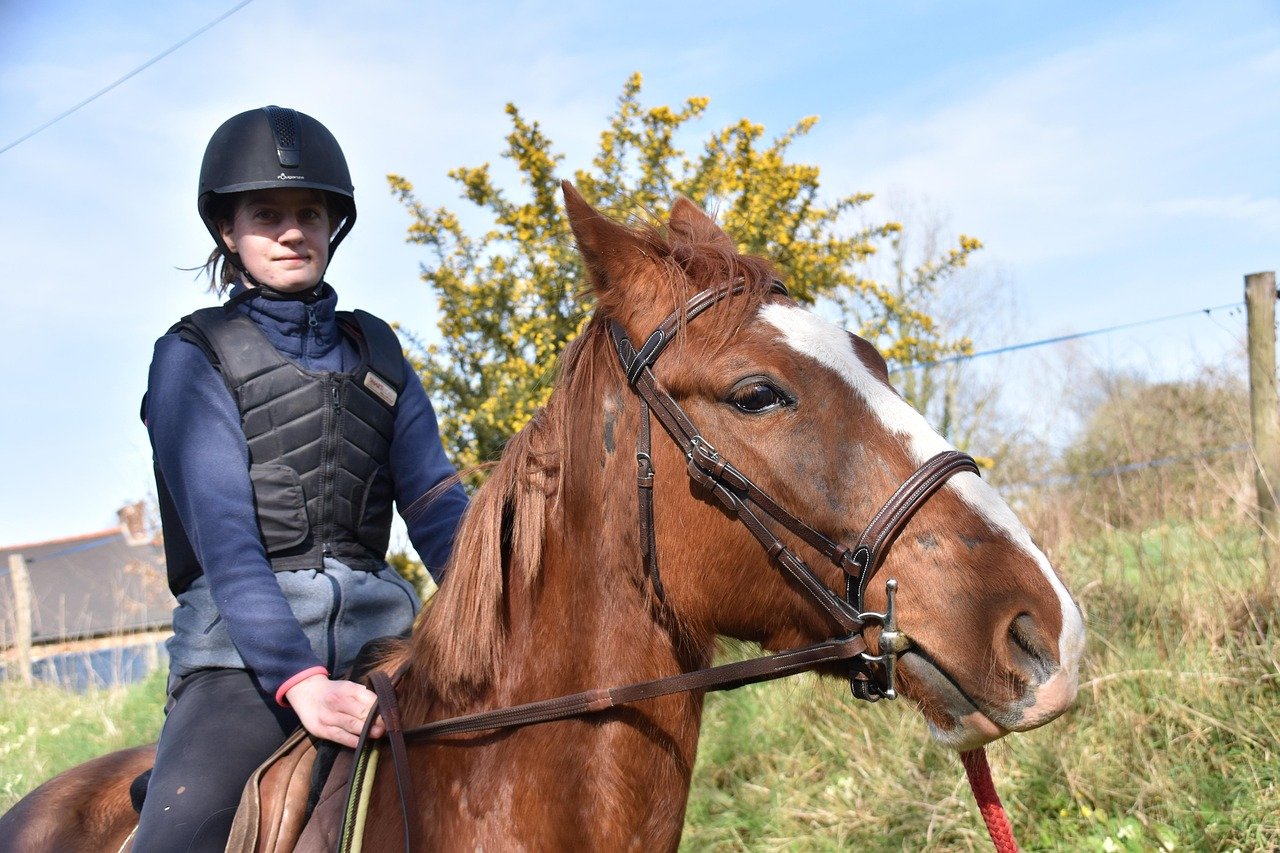
Effective communication is at the heart of any strong bond, including one between a horse and rider. Horses communicate through body language, and understanding this can enhance your connection with them. Pay attention to their movements, expressions, and vocalizations. For instance, a horse that nudges you might be seeking attention or comfort. Equally, your body language sends signals to your horse. Approaching them with slow, deliberate movements can reassure them, while sudden actions might startle them. By learning to read each other’s cues, you and your horse can develop a deeper, more intuitive bond.
The Importance of Respect and Patience
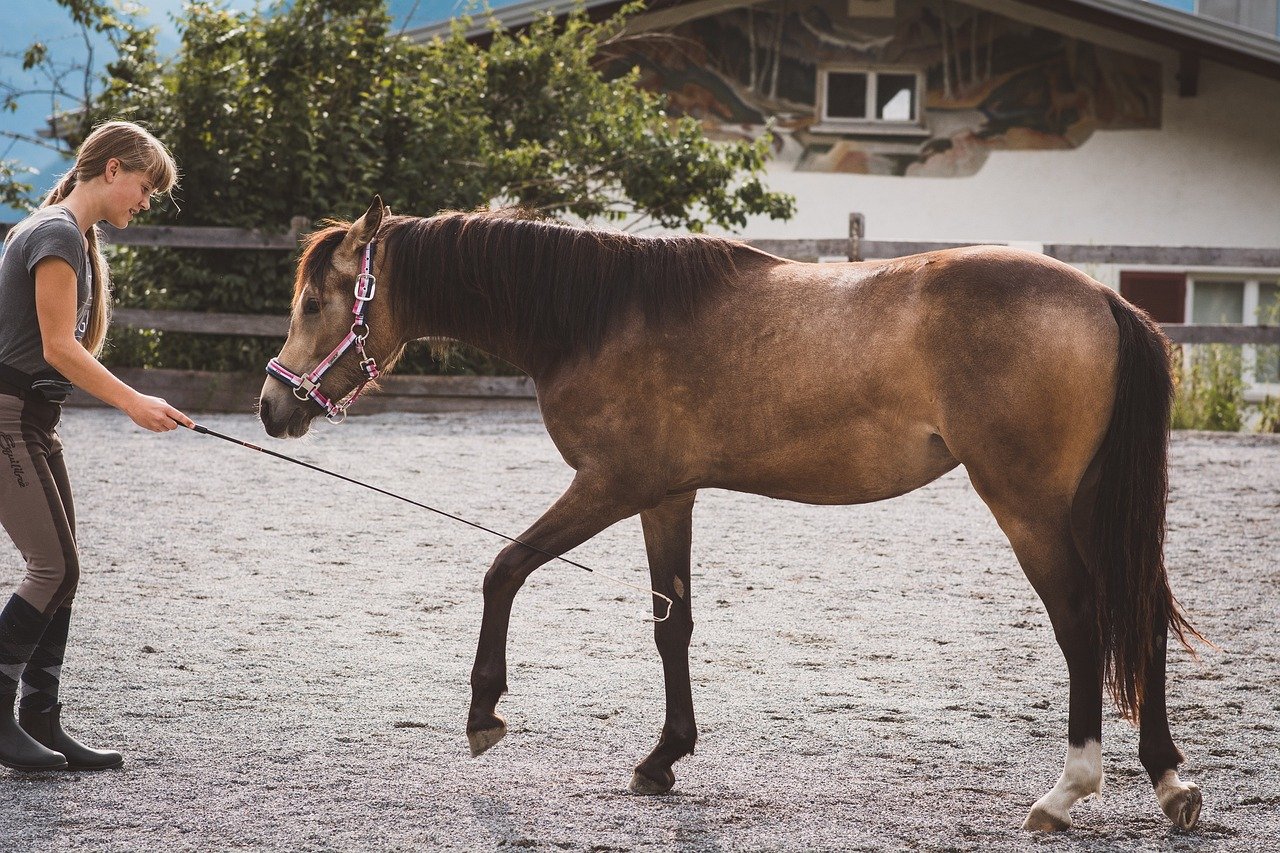
Respect and patience form the backbone of a successful horse-rider relationship. Horses are intelligent creatures with their own set of needs and preferences. Respecting these needs is vital in building a strong bond. Always approach training and interaction with patience. Remember, horses might not always understand what you want immediately. Give them time to learn and adapt. If a horse is hesitant or resistant, it might be because they don’t understand or are uncertain. By showing respect for their feelings and being patient, you nurture an environment where trust and mutual respect can flourish.
Engaging in Positive Reinforcement
Positive reinforcement is a powerful tool in forming a bond with your horse. This method involves rewarding your horse for desired behaviors, encouraging them to repeat those actions. Rewards can be treats, verbal praise, or even a gentle pat. Horses respond well to positive reinforcement because it creates a positive association with their actions. Over time, they learn to look forward to training sessions and interactions with their rider. It’s important to be consistent with your rewards and ensure that they are given immediately after the desired behavior to reinforce the connection in the horse’s mind.
The Role of Routine and Familiarity
Horses thrive on routine and familiarity. Establishing a consistent schedule for feeding, grooming, and riding helps your horse feel secure. When horses know what to expect, they are more likely to be relaxed and cooperative. This predictability builds trust, as horses learn that their needs will be met regularly. Additionally, incorporating familiar objects, like a favorite blanket or toy, can provide comfort. Routine not only provides stability for the horse but also strengthens the bond between horse and rider, as the horse learns to associate these routines with their human companion.
Spending Quality Time Together
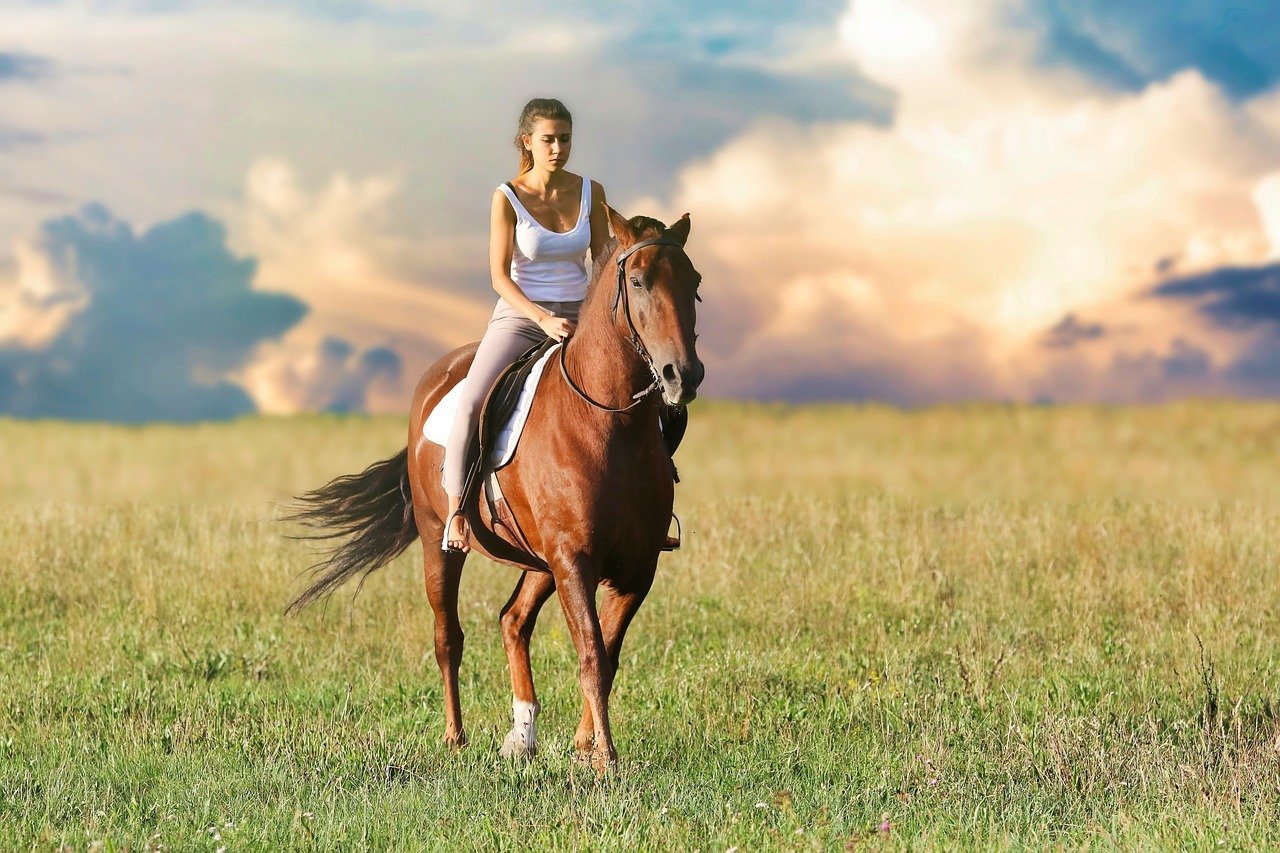
Simply spending time with your horse outside of formal training or riding sessions can significantly strengthen your bond. Whether it’s a leisurely walk, sitting together in the pasture, or just being present in their environment, quality time helps your horse associate you with positive experiences. This time together doesn’t always have to be structured; sometimes, the best connections are formed in moments of calm and quiet. Horses are social animals and appreciate companionship. By dedicating time to just being with your horse, you reinforce your presence as a comforting and enjoyable part of their life.
Understanding Individual Personalities

Every horse is unique, with its own personality and quirks. Some horses are naturally curious and outgoing, while others may be shy or reserved. Understanding your horse’s personality is crucial in building a strong bond. Tailor your interactions and training methods to suit their individual preferences and needs. For instance, a more timid horse might require a gentler approach, whereas a bold horse might enjoy more challenging activities. By acknowledging and respecting their individuality, you can create a bond that is both strong and harmonious.
Participating in Shared Activities
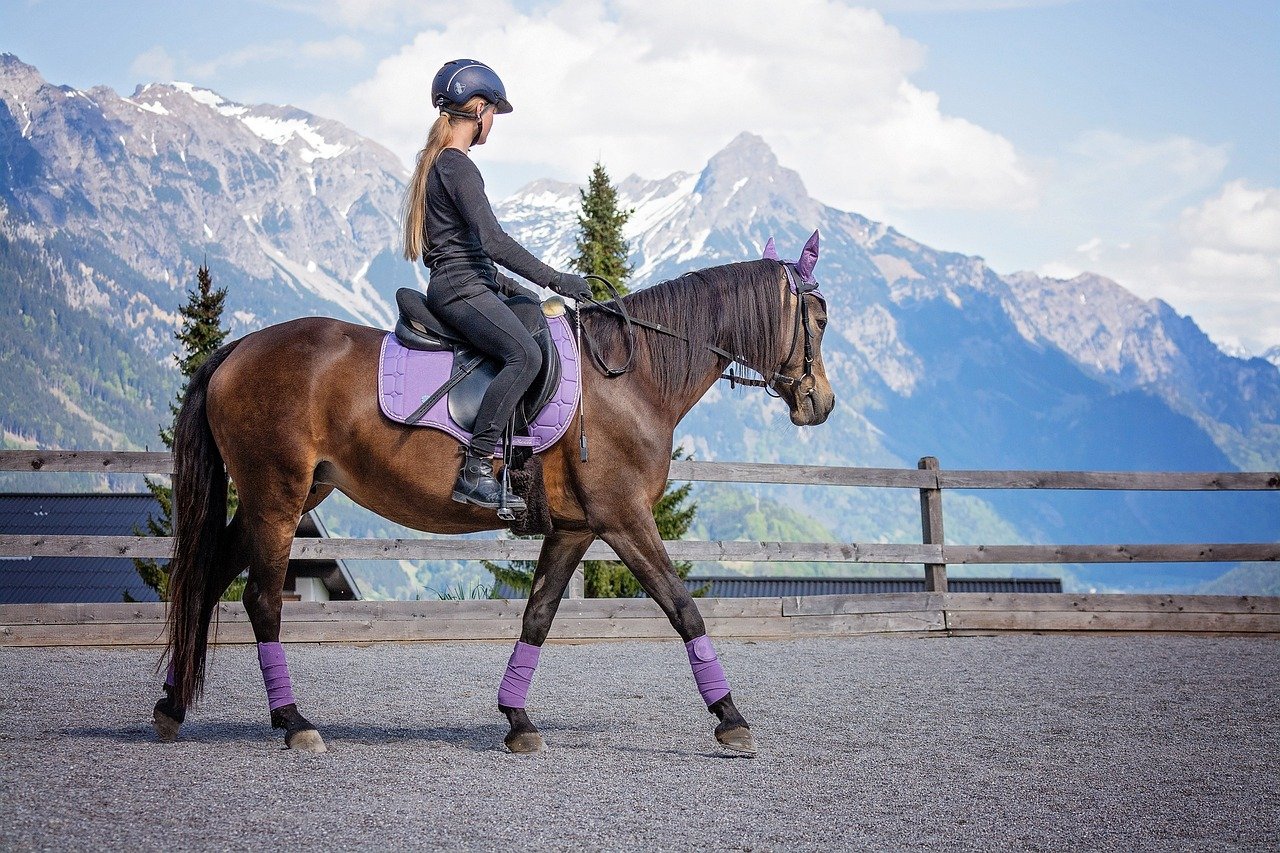
Engaging in activities that both you and your horse enjoy can enhance your bond. Whether it’s trail riding, jumping, or simply exploring new areas together, shared experiences create lasting memories and reinforce your connection. These activities can also provide opportunities for learning and growth, both for you and your horse. By participating in shared activities, you not only strengthen your bond but also build a partnership based on mutual enjoyment and trust. It’s important to approach these activities with a sense of fun and adventure, making them enjoyable for both parties.
Listening to Your Horse
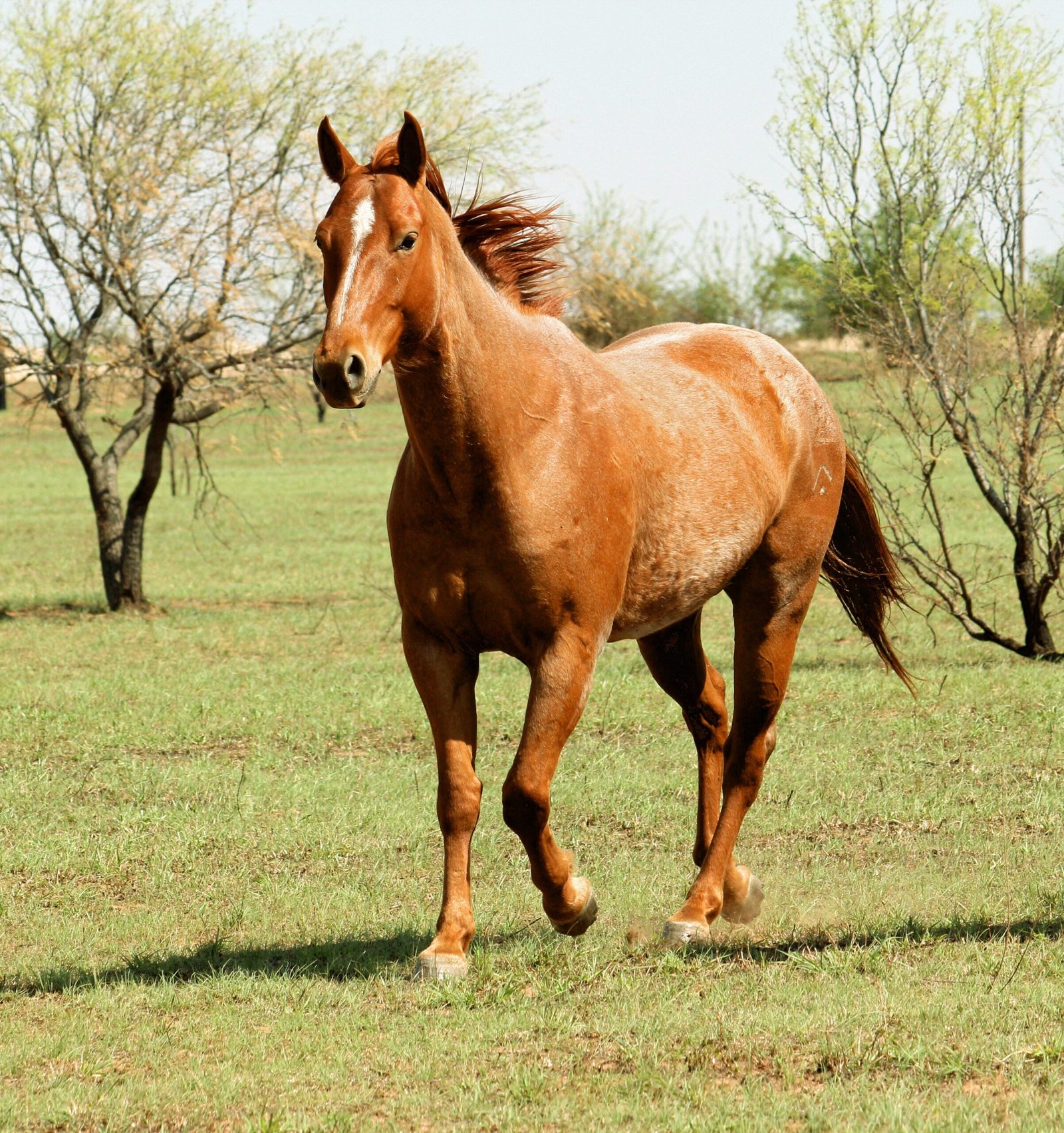
Listening to your horse is arguably the most important aspect of building a strong bond. This involves being attuned to their needs, emotions, and signals. Horses have their own ways of communicating discomfort, happiness, or stress. By paying close attention and responding appropriately, you show your horse that you care and understand them. This attentiveness fosters trust and respect, as your horse learns that you are a reliable and empathetic partner. Listening to your horse is not just about hearing but truly understanding and responding to their needs.
In conclusion, bonding with a horse is a rewarding journey that requires patience, understanding, and dedication. By recognizing and respecting the unique needs and personalities of horses, riders can develop a partnership built on trust, communication, and mutual respect. Through consistent interaction, positive reinforcement, and a willingness to listen and learn, horse lovers can create a deep and lasting bond with their equine companions.

Andrew Alpin from India is the Brand Manager of Doggo digest. Andrew is an experienced content specialist and social media manager with a passion for writing. His forte includes health and wellness, Travel, Animals, and Nature. A nature nomad, Andrew is obsessed with mountains and loves high-altitude trekking. He has been on several Himalayan treks in India including the Everest Base Camp in Nepal.






